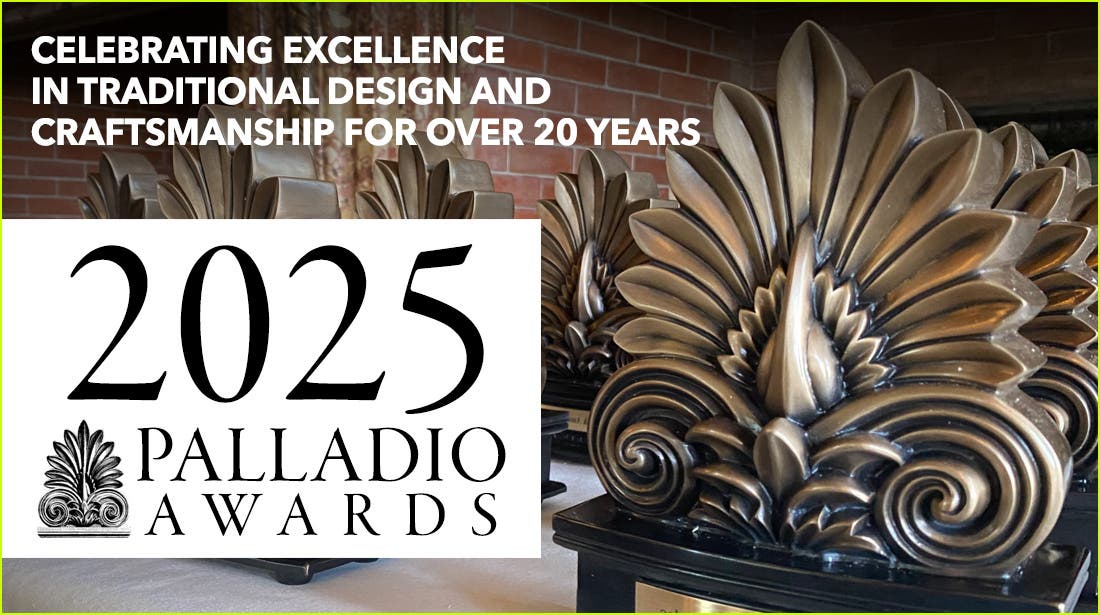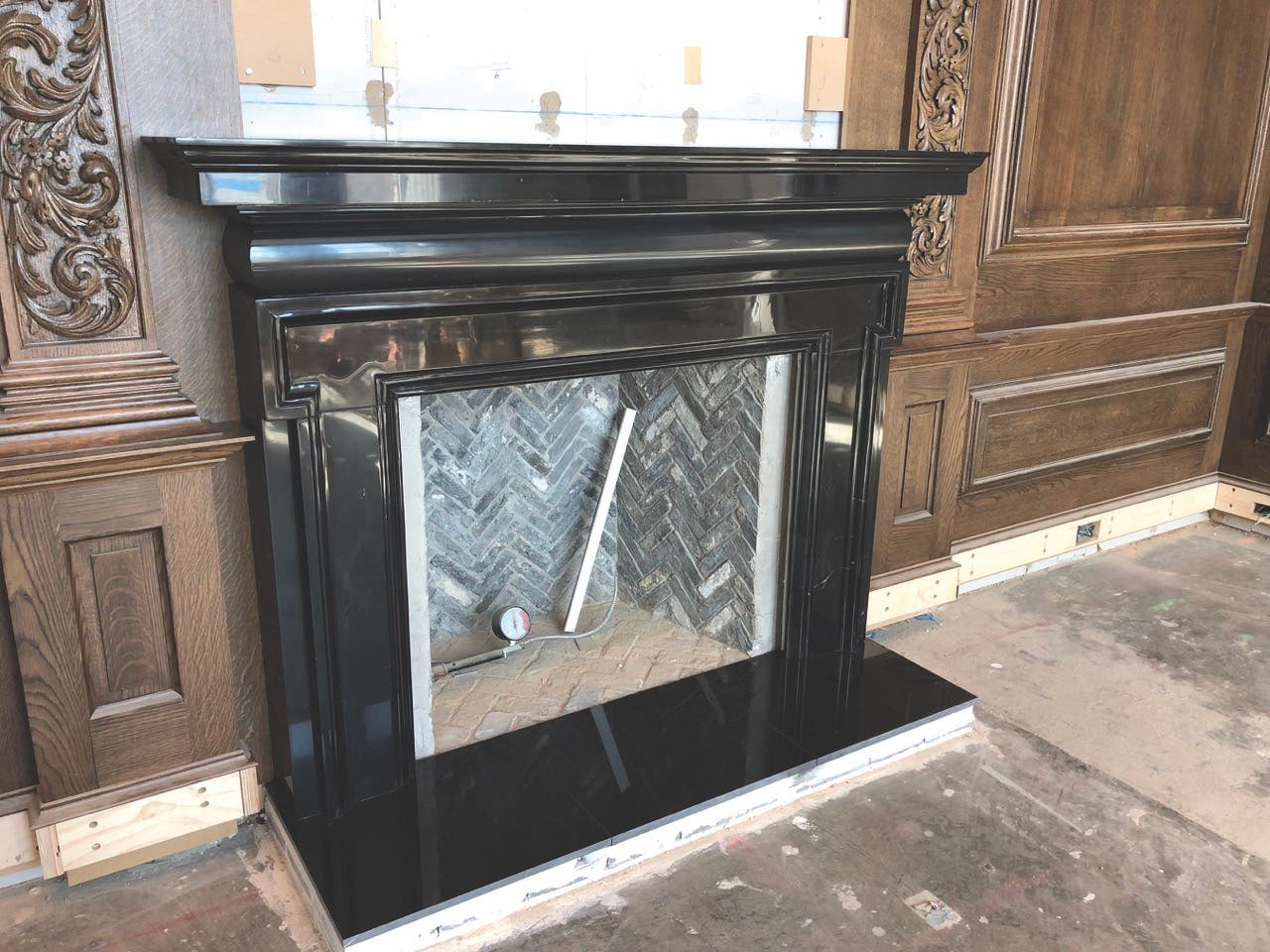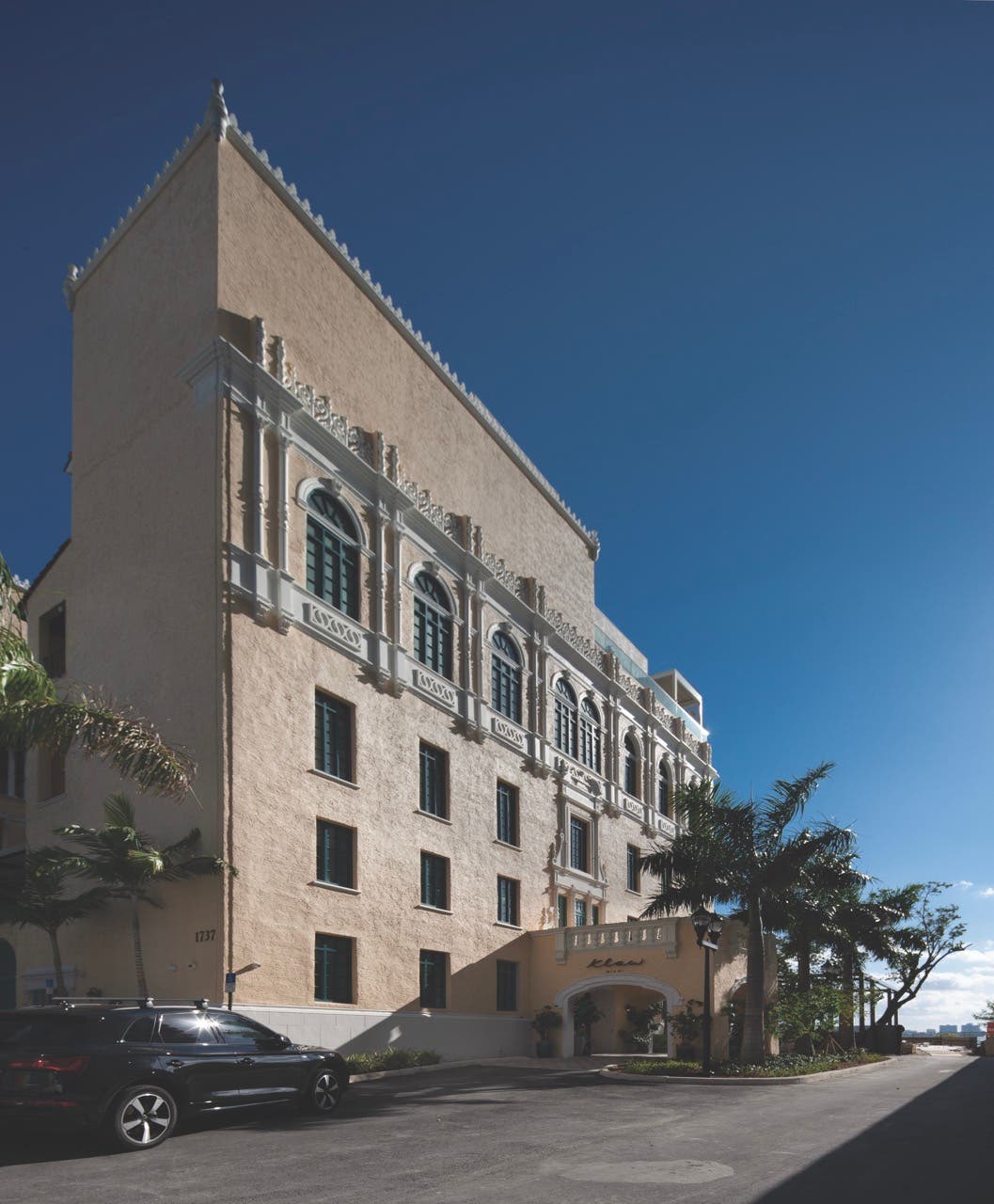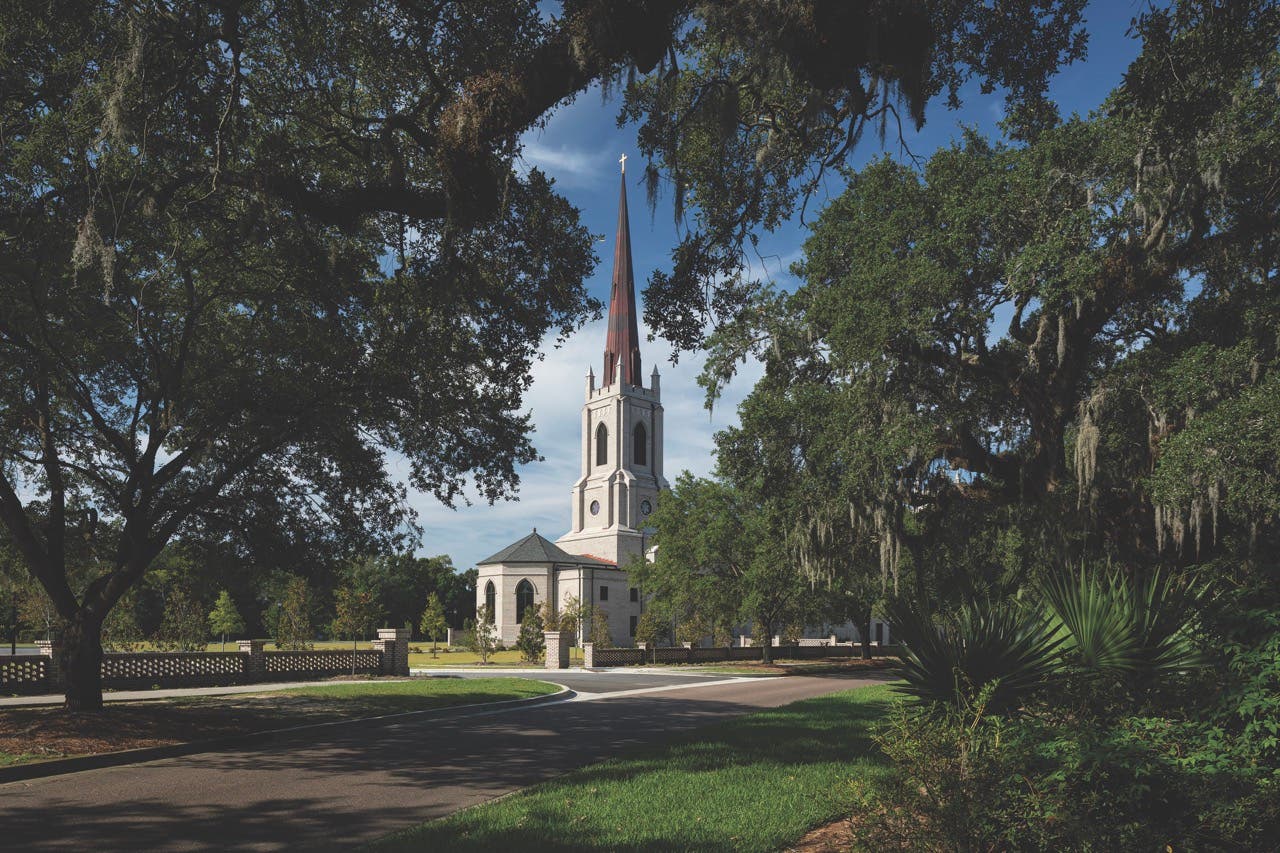
Palladio Awards 2019
HBRA Architects: Lake Shore Drive Residence
Project: Lake Shore Drive Residence
Architect: HBRA Architects
There are only seven historic single-family homes remaining on Chicago’s coveted Lake Shore Drive.
HBRA Architects, which is based in the Windy City, has had the privilege of working on the same 6,000-square-foot Georgian residence twice in the last quarter century, the second time on the home’s centennial.
In 1985, HBRA was called upon to restore the home’s red-brick exterior, add a roof terrace, and renovate and restore the building, whose interior had been subdivided and altered beyond recognition.
When the owner’s nephew bought it in 2011, he commissioned HBRA to remake the house in a grand style that is more suited to his taste.
“His uncle, a collector of English and Irish antiques, used it as a guest house,” says Aric Lasher, FAIA, president and director of design for HBRA. “He had a Georgian sensibility and the interior had been decorated by Colefax & Fowler. The nephew didn’t mind the Georgian exterior, but he’s an admirer of theatrical North Italian architecture, especially the 19th century Gilded Age. He envisioned this as an eclectic North Italian palazzo.”
Lasher and his team of architects, Gary Ainge, FAIA, Jeff Policky, and William Mahalko, took an episodic, cinematic approach to the project to create a cohesive design that transitions from stately Georgian to flamboyant eclecticism gracefully and graciously.
“It was exciting to revisit the earlier project with a fresh set of eyes to fulfill a different vision,” says Lasher, who, along with Ainge had worked on the 1985 renovation. “The interior retained little from the 1911 structure, so it was relatively unconstrained by landmark restrictions.”
“The interior brings together an amazing array of Classical sources in a fresh and exciting way, handling them with grace, confidence, and verve.”
Under HBRA’s direction, the five-level house, which dates to 1911 and was designed by Holabird and Roche, underwent a complete interior reconstruction that spanned six years and cost $12.3 million.
While the entry hall features neoclassical details compatible with the exterior, the upper floors are more architecturally individualistic spaces. The master suite, for instance, pairs a variety of neoclassical and 19th-century elements, while the lower-floor library is paneled in walnut and vegetable-tanned leather that hint at empire and Edwardian sources.
In addition to replacing windows and exterior doors with historically accurate duplicates and installing a new mechanical system that included radiant heating in the floors, HBRA added enhanced structural support systems, a new wrought-iron gateway at the front entry, and a driveway.
On the lower level, which was unfinished, a below-grade garage that is faced in rough-hewn stone and plaster, a limestone and brick wine cellar with a vaulted ceiling and an exercise room were added. The home’s original elevator cab was reconfigured using original historic elements, and stops were added at the basement and roof terrace.
“It took a feat of engineering to make the garage work,” Lasher says, “because we had to make it compatible with the landmarked exterior while allowing the maneuvering of vehicles into a space with significant dimensional limitations.”
The century-old structure presented several age-old challenges.
The house, which had been built on the debris of the Great Chicago Fire of 1871, had sunk three inches at its center, requiring the installation of 19 micro-piles to stop further movement.
What’s more, the floors were not level, and the rooms were not square. “They were somewhat trapezoidal,” Lasher says. “Because of the intricate ornamentation on the ceilings and walls, we had to reconcile multiple geometries. It was a jack-in-the-box project; we always were confronted by some extraordinary circumstance that had to be reconciled. Fortunately, we were not working under a time limit.”
Although the HBRA team retained the original general configuration of two rooms connected by a hallway on most floors, alterations were made. The kitchen, which is appointed in walnut and bronze and serves a presentational gathering space as well as a functioning chef-equipped food-preparation area, was enlarged.
The team also replaced a simple skylight with a more eye- and sun-catching John Soane-style handkerchief dome and art-glass cupola that features the family crest in the center.
Lasher credits the interior designer, Alessandra Branca of Chicago, with turning the spaces into complete works of art. It was her idea, for example, to hand-paint and hand-stencil the terracotta-toned walls in the dining room with the intricate Grecian-style images that define it.
“It’s a magical place,” Lasher says. “It’s very affecting to walk through the house—there is no unresolved moment or place that does not give pleasure.”
Key Suppliers
GENERAL CONTRACTOR Sylvester Construction Service
INTERIOR DESIGNER Alessandra Branca
MILLWORK Woodlogic Custom Millwork
DECORATIVE FINISHES Errol Boyd
STONE FABRICATION Galloy and Van Etten
STAINED-GLASS DOME Botti Studios of Architectural Arts
PLASTER FABRICATION O’Farrell Plastering
SCAGLIOLA FABRICATION Chicago Ornamental Plastering
WOOD FLOOR FABRICATION S.G. Campbell
WROUGHT IRON European Ornamental Iron Works









